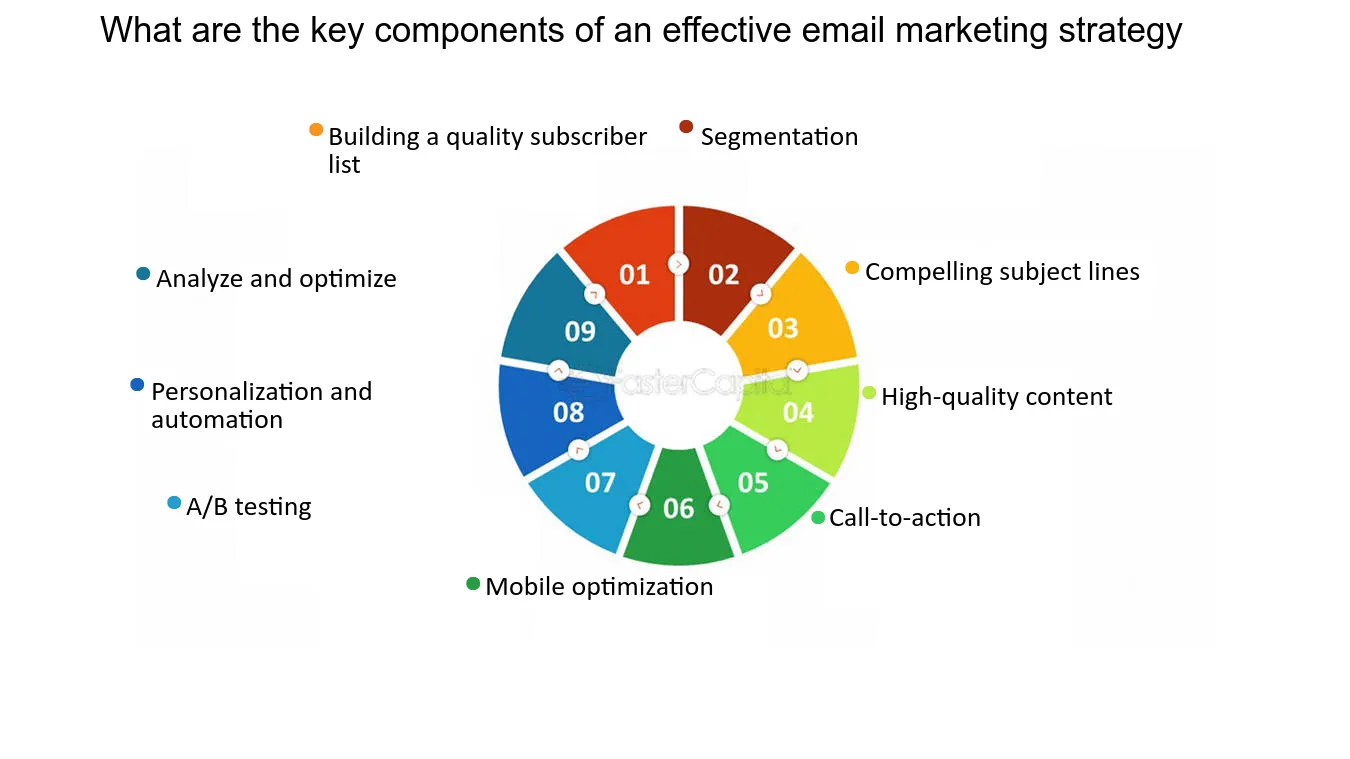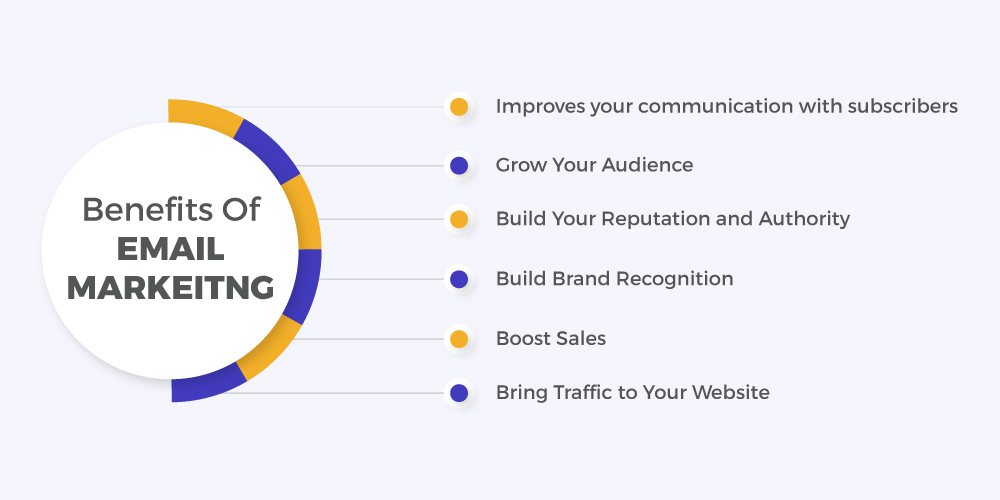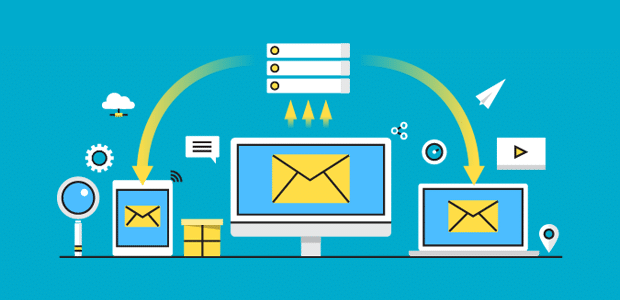Email marketing is a powerful and versatile tool used by businesses to engage with their audience, promote products or services, and build relationships with customers. It involves sending targeted emails to a group of recipients who have opted in to receive communications from the sender, typically through subscribing to a newsletter or registering on a website.

Key Components of Email Marketing
- Audience Segmentation: Effective email marketing starts with segmenting your audience. This involves dividing your email list into smaller groups based on various criteria such as demographics, purchasing behaviour, past interactions, and preferences. Segmentation allows for personalized and relevant messaging, increasing the likelihood of engagement and conversion.
- Personalization: Personalizing emails means tailoring the content to the individual recipient. This can range from using the recipient’s name in the subject line to recommending products based on their past purchases. Personalized emails have been shown to improve open rates and click-through rates, leading to better overall campaign performance.
- Content and Design: The content of an email should be clear, concise, and compelling. It should provide value to the reader, whether through informative articles, special offers, or exclusive content. The design should be visually appealing and mobile-friendly, as a significant portion of emails are opened on mobile devices. Including visuals, such as images and videos, can enhance the appeal of the email.
- Call to Action (CTA): Every email should have a clear and compelling call to action. This could be a button or link that encourages the recipient to take a specific action, such as making a purchase, signing up for an event, or downloading a resource. The CTA should stand out visually and be easy to interact with.
- Testing and Optimization: A/B testing, or split testing, involves sending two versions of an email to a small segment of your audience to determine which one performs better. This can help refine subject lines, content, design elements, and CTAs. Continuous testing and optimization are crucial for improving the effectiveness of email marketing campaigns over time.

Benefits of Email Marketing
- Cost-Effectiveness: Compared to other marketing channels, email marketing is relatively inexpensive. There are minimal costs associated with sending emails, making it a cost-effective way to reach a large audience.
- Direct Communication: Email provides a direct line of communication to your audience. Unlike social media, where algorithms control the visibility of posts, emails land directly in the recipient’s inbox, ensuring that your message is seen.
- Measurable Results: Email marketing platforms offer detailed analytics that allows you to track open rates, click-through rates, conversions, and more. This data is invaluable for understanding the performance of your campaigns and making data-driven decisions.
- Automation: Email marketing automation tools enable businesses to send targeted emails based on specific triggers, such as a subscriber joining the list, making a purchase, or abandoning a shopping cart. Automation helps maintain consistent communication with minimal effort.
- Customer Retention: Regularly communicating with your audience through email helps build and maintain relationships. It keeps your brand top-of-mind and can encourage repeat business and customer loyalty.

Challenges and Considerations
- Deliverability: Ensuring that your emails reach the recipient’s inbox and not the spam folder can be challenging. This requires maintaining a good sender reputation, using authenticated sending domains and avoiding spammy content and tactics.
- Regulations and Compliance: Email marketers must comply with regulations such as the CAN-SPAM Act in the US, the GDPR in Europe, and other local laws. These regulations require obtaining explicit consent from recipients, providing a clear way to unsubscribe, and protecting personal data.
- Content Overload: Consumers receive a large number of emails daily, which can lead to email fatigue. To stand out, your emails must be engaging, relevant, and valuable to the recipient.
In conclusion, email marketing remains a cornerstone of digital marketing strategies due to its direct reach, cost-effectiveness, and ability to drive engagement and conversions. By focusing on audience segmentation, personalization, compelling content, and continuous optimization, businesses can leverage email marketing to achieve significant results. Read more... for another topic